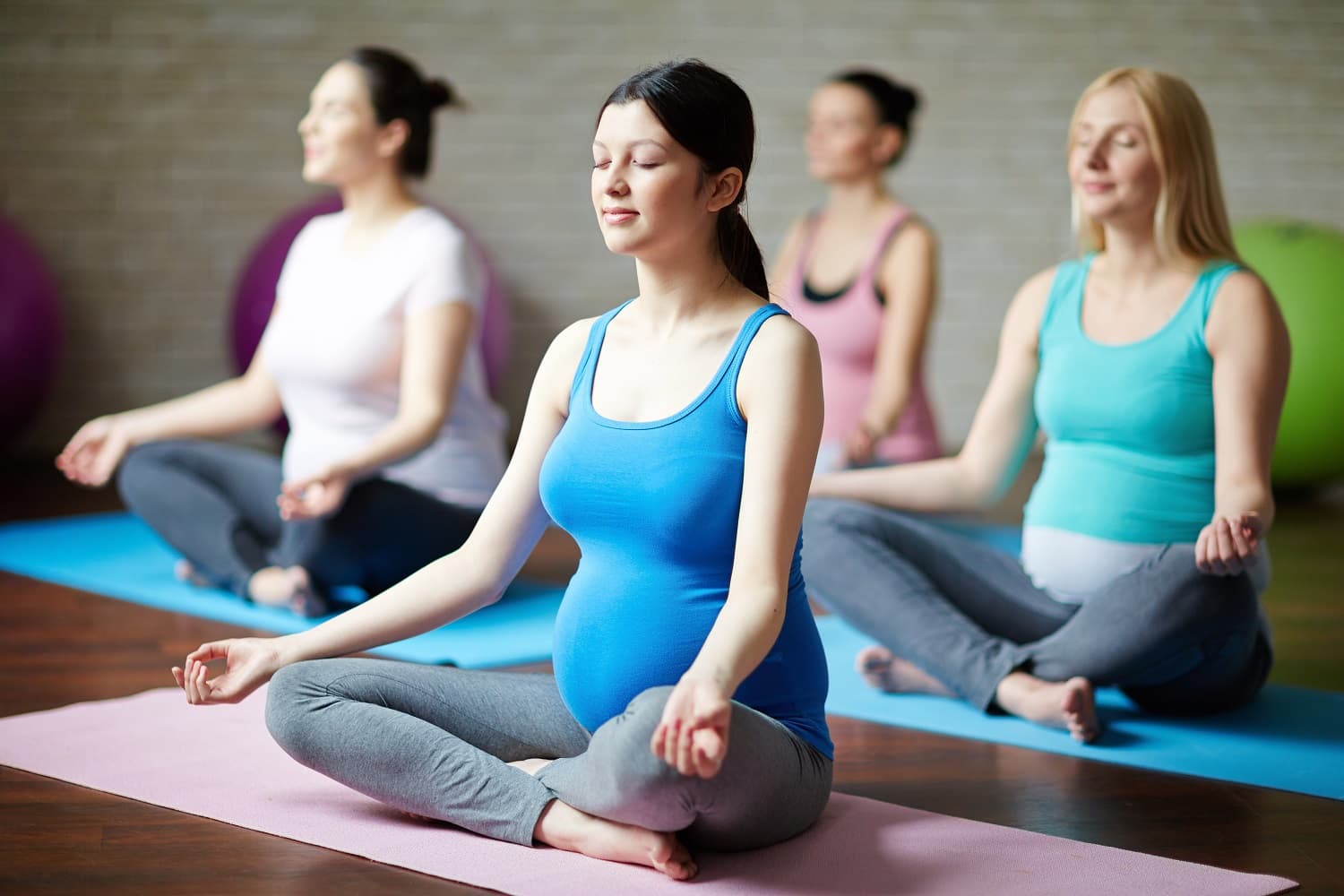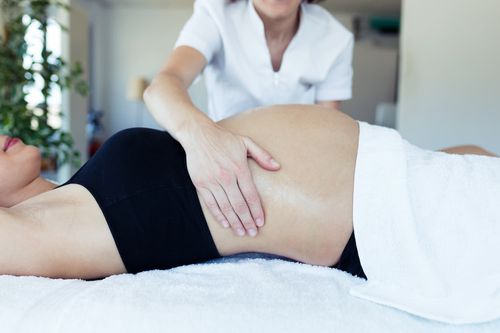What is Pregnancy Yoga?
Pregnancy yoga is a style of yoga designed for pregnant women to perform and practice, regardless of their due date. This involves a mixture of stretching, breathing and mental focus, and it offers various benefits to expectant mothers. It can also increase the flexibility and strength of the pelvic floor muscles during childbirth.

How Does Pregnancy Yoga Work?
Yoga is an effective way of preparing a pregnant woman for childbirth. It focuses on breathing techniques and gentle stretching and postures to increase range of motion, flexibility and balance. It also comes with relaxation techniques to help the mother achieve inner peace and sleep better at night.
There are different styles of yoga for every stage of pregnancy. During the first trimester, mums are taught how to connect with their inner selves using gentle breathing techniques. They are not encouraged to carry out the postures just yet as they may still be experiencing morning sickness. When they're past this stage, they can start doing prenatal yoga poses to build strength and endurance. As a woman's belly gets bigger, she must avoid poses that require her to lie on her belly and focus more on standing poses.
The following yoga poses are safe to practice during pregnancy and can help in alleviating discomfort and promoting relaxation:
- Baddha Konasana (Bound Angle Pose)
- Sukhasana (Easy Pose)
- Utthita Trikonasana (Extended Triangle Pose)
- Virabhadrasana II (Warrior II Pose)
- Janu Sirsasana (Head-to-Knee Forward Bend )
- Padmasana (Lotus Pose)
- Chakravakasana (Cat-Cow Pose)
- Adho Mukha Svanasana (Downward Facing Dog)
- Parighasana (Gate Pose)
What are the Benefits of Pregnancy Yoga?
Similar to childbirth preparation classes, pregnancy yoga is a multifaceted approach to exercise as it encourages stretching, mental centering and more focused breathing. Research suggests that yoga during pregnancy is safe and can have several benefits to pregnant women and their babies.
The following are some benefits of pregnancy yoga:
- Increases energy levels
- Improves sleep
- Reduces stress and anxiety
- Reduces physical and emotional stress
- Increases confidence
- Reduces fatigue
- Increases strength, flexibility and endurance of the muscles used during childbirth
- Decreases lower back pain, headaches, nausea and shortness of breath
- Improves body posture, stability and balance
- Creates optimal health levels during pregnancy
- Encourages a generally positive childbirth experience
- Lowers blood pressure
What Can You Expect From Pregnancy Yoga?
Doing a 30-minute pregnancy yoga at least five times a week will help reduce aches and pains, increase flexibility and tone the muscles in the body. Before joining a pregnancy yoga class, the client must get her ob-gyn's go signal first. She must also inform the instructor about her pregnancy and how far along she is. Some yoga poses are not advised to certain women, especially those who are at risk of preterm labour or suffer a medical condition.
Having foam yoga blocks on hand during class makes movement as well as shifting from one posture to another much easier. It's also important to wear lightweight pieces of clothing like a pair of leggings and a stretchable top. Staying hydrated is doubly important for a pregnant woman as her body temperature is higher than normal due to the constant changes happening in her body.
Prenatal yoga should be fun and relaxing. The client can choose to do as much or as little of a pose; she must not push herself to go beyond what her body is capable of doing.
Is Pregnancy Yoga Safe?
Yoga is a gentle exercise that can be used during the various stages of pregnancy. It is not only safe but recommended to expectant mums to stay fit and reduce low back pain and sleep problems. Stretching and yoga poses tone the body's muscles and promote flexibility without placing any strain on the joints. Yoga also teaches the mother how to breathe and relax.




